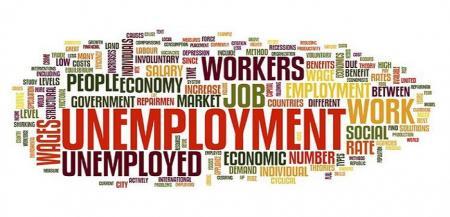ON 10 February the Minister for Families and Social Services announced in a media release that ‘welfare dependence’ in Australia continues to fall.
“The proportion of working-age Australians receiving welfare benefits”, said the Minister’s media release, “has fallen to its lowest level in more than 30 years”.
The Minister for Families and Social Services said these figures show that the Morrison Government’s plan to provide “pathways from welfare to employment” was working.
“We are focussed on growing the economy, getting more people into work, and delivering well-targeted social security funded through a strong budget,” the Minister said.
“More than 1.5 million jobs have been created since the Coalition was elected. As more people find employment we are seeing a fall in the number of working-age Australians on welfare”.
The problem with the Minister’s enthusiasm is that the Australian Government’s achievements in reducing ‘welfare dependence’ only relate to people between the ages of 16 and 45.
The number of Australians over 45 on Newstart has surged 22 per cent between September 2013 and September 2019, from 270,994 to 331,828. This is roughly the period the Minister is talking about.
Six years ago, Australians aged between 45 and 65 represented 41 per cent of those on Newstart. Today, they make up almost half of all Newstart recipients.
